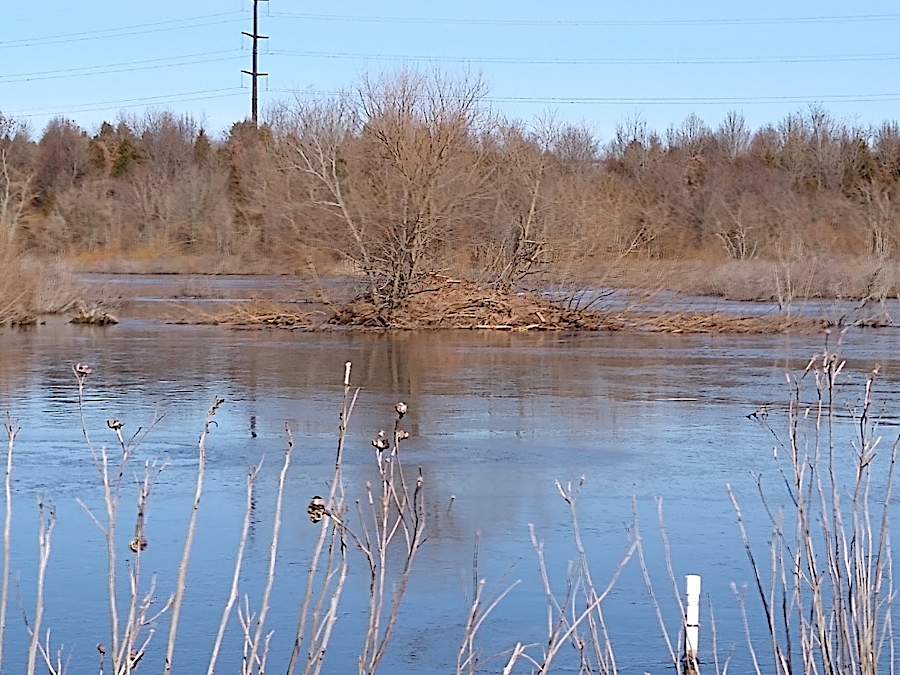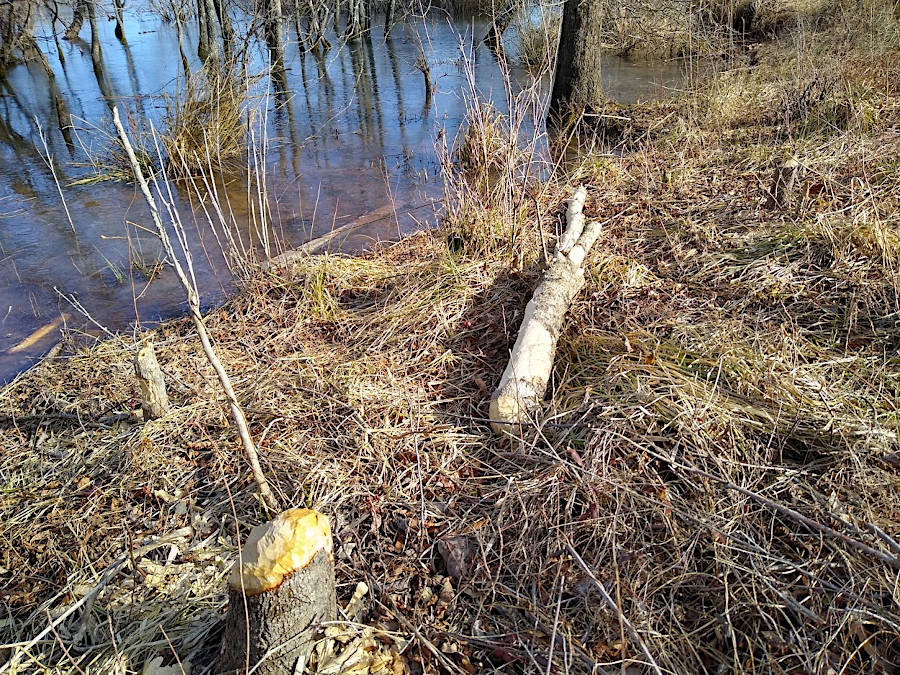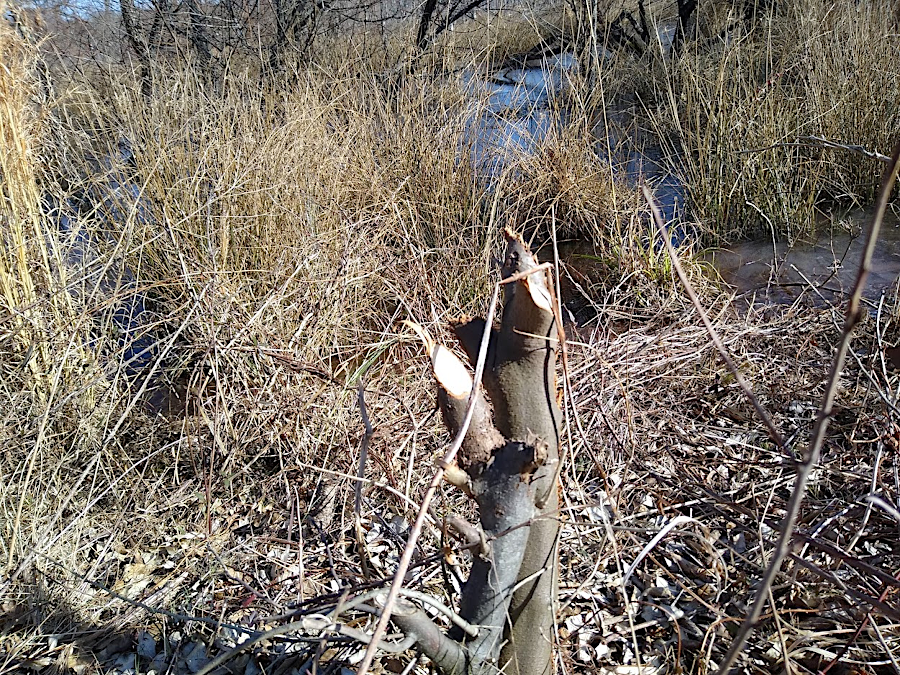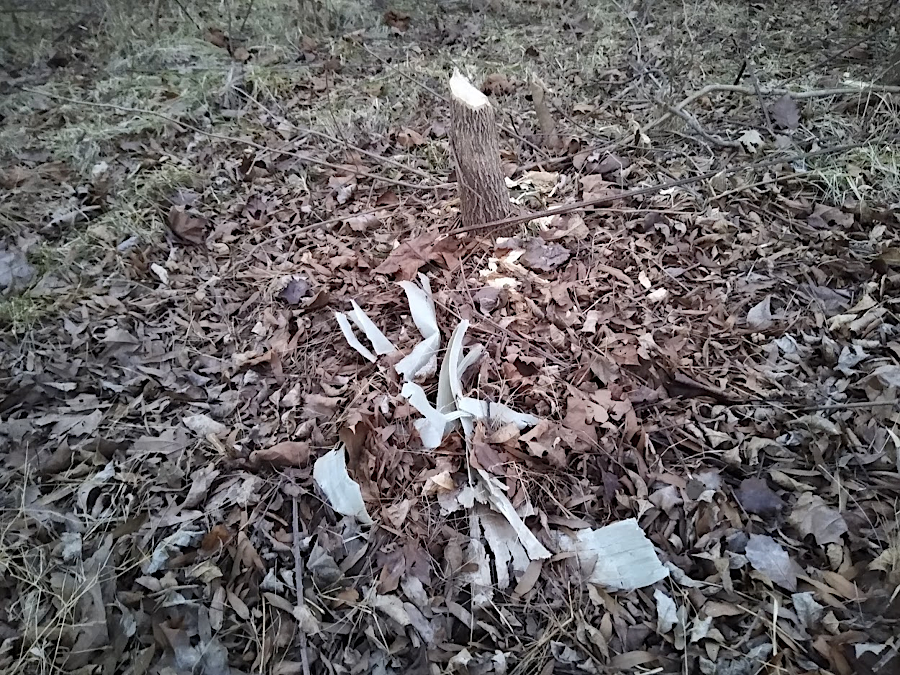
beaver lodges can be occupied long enough for trees to grow on them

beaver lodges can be occupied long enough for trees to grow on them
Beavers were scarce in Virginia at the start of the 1900's. They had been trapped heavily for the fur. Dams were broken by farmers who objected to flooding of cropland. When beavers built dams in front of pipes carrying streams beneath a road, the road would be flooded and at times embankments would wash out.
In 1911, there were no beaver reported in Virginia. Restocking, by importing and releasing beaver, has succeeded in restoring the population. In 2000, the state estimated there were 100,000 beaver in the state, and they were present in every county.1
There are no trap-and-release programs for moving beavers which are gnawing trees and building dams at inappropriate locations. Beavers are territorial, and all the territories are occupied or can be occupied by neighbors. Bringing a "foreign" beaver to a new location is equivalent to a death sentence.

beavers cut trees and chew on the bark for food

sharp stumps are a sign of beaver activity in the area

for a hungry beaver, plastic tree tubes are not a barrier that can block a meal